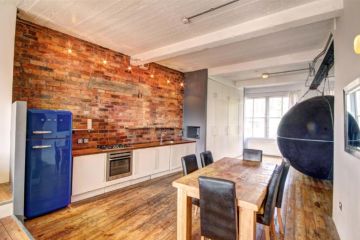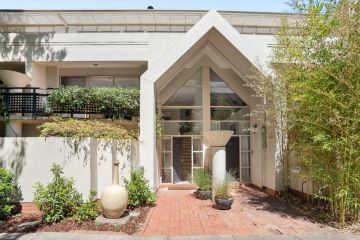Rents in Queanbeyan unaffordable: report
It’s a city that lures Canberrans across the border with its cheaper housing options, but Queanbeyan remains one of NSW’s most unaffordable rental locations outside Sydney.
New data shows Queanbeyan residents are spending more than 30 per cent of their household income on rent.
The data was released as part of Australia’s first Rental Affordability Index, which was created by National Shelter, Community Sector Banking and SGS Economics & Planning.
The ACT was not included in the index as sufficient data was not available.
According to the report, a household is in housing stress if more than 30 per cent of its income is spent on rent.
Queanbeyan was classed as “unaffordable” on the index alongside other NSW locations including western Sydney, the Southern Highlands and the Central Coast.
Larger towns including Wollongong and Newcastle were classed as “severely unaffordable” with residents spending an average of 38 per cent of their income on rent.
The “extremely unaffordable” postcodes – in which paying more than 60 per cent of the household income on rent is the norm – were scattered around Sydney’s inner suburbs.
However, National Shelter executive officer Adrian Pisarki said the data demonstrated that housing affordability wasn’t just a big-city issue.
“The data clearly shows that country areas aren’t immune from rental affordability challenges,” he said.
“Households on around $500 a week are paying up to 85 per cent of their income on rents. Middle-income households are also falling into housing stress as high rents chew up incomes that aren’t keeping pace with rising housing costs.”
SGS Economics & Planning associate Ellen Witte said the percentage of households renting had grown and unaffordability had started to intensify from the early 2000s in NSW.
“This coincided with the 50 per cent reduction in the capital gains tax in 1999 and the fact that for the first time in decades, new housing stock was falling behind demand,” Ms Witte said.
“This resulted in a surge of investment in housing, driving up prices and pushing out first home buyers, forcing them to rent.”
While rents remain high in Queanbeyan, the city has bucked the trend in recent years, affordability has improved.
The data shows that Queanbeyan fell from the “severely unaffordable” category in the second half of 2014.
Mr Pisarki said he would like to see state and local governments work with the community to alleviate rental pressures.
“We need a national strategy to address the deterioration of rental stress but what we are getting is the opposite,” he said.
Government cuts over the past five years, including cuts to the National Rental Affordability Scheme have only contributed to the rental crisis.
“We need concrete action from all governments in partnership with the community sector to alleviate this rental affordability problem.”
We recommend
We thought you might like
States
Capital Cities
Capital Cities - Rentals
Popular Areas
Allhomes
More
- © 2025, CoStar Group Inc.







